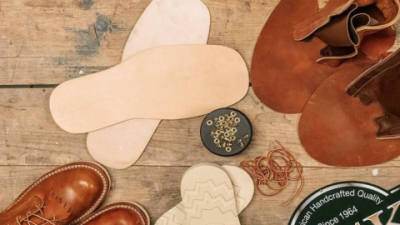Walking seems like such a simple thing, right? But if you’ve ever felt unsteady or worried about slipping, especially when you’re out on uneven ground or slippery paths, you know it’s not always that easy. That’s where balance walking poles come in — they’re kind of like a secret weapon for anyone who wants to feel steadier on their feet. Whether you’re a senior trying to keep your independence, recovering from an injury, or just someone who loves hiking but hates the wobble, these poles can really change the game.
Let me walk you through why these poles are worth considering, how they work, and what you should know before buying one. I’ll also share some tips on how to use them right, so you get the most out of every step.
Why Do People Look for Balance Walking Poles?
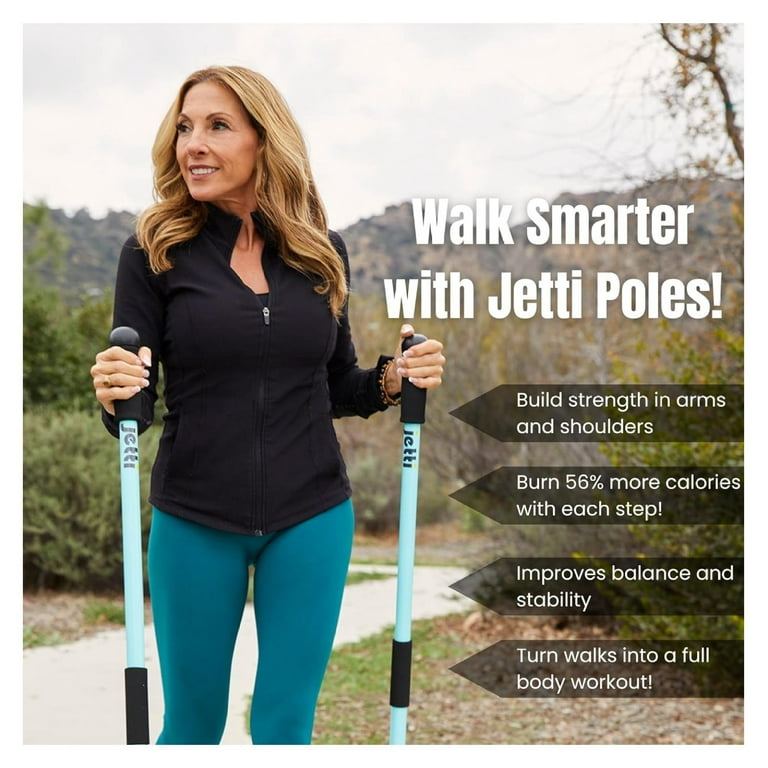
Most folks searching for balance walking poles are usually after one big thing: stability. It’s that feeling of not worrying about falling or tripping. Maybe you’ve had a scare or two, or you just want to be proactive about staying steady. Sometimes it’s because of age, sometimes because of health issues like arthritis or Parkinson’s, and sometimes just because the trails you love are tricky. Whatever the reason, the goal is the same — to walk safer and with more confidence.
How Do These Poles Actually Help?
Think about it — normally, you’re balancing on just your two feet. Add two poles, and suddenly you have four points touching the ground. That’s a much bigger base to keep you upright. It’s like having extra legs that help you stay steady. Studies have shown that using poles can improve your posture, help you walk faster, and even burn more calories because you’re using your arms and shoulders, not just your legs.
One surprising thing is how much they reduce the pressure on your knees and hips. If you’ve ever felt that ache after a long walk, poles can take some of that load off. Some research says they can reduce joint stress by about 25%. Plus, they help coordinate your movements better, making your walk smoother and less tiring.
What’s In It for You? The Benefits
Here’s a quick rundown of why balance walking poles might be your new best friend:
-
Better balance, especially on uneven or slippery ground
-
Less pain in your knees and hips because you’re sharing the weight
-
Improved posture — no more slouching or shuffling
-
More calories burned since you’re engaging your upper body
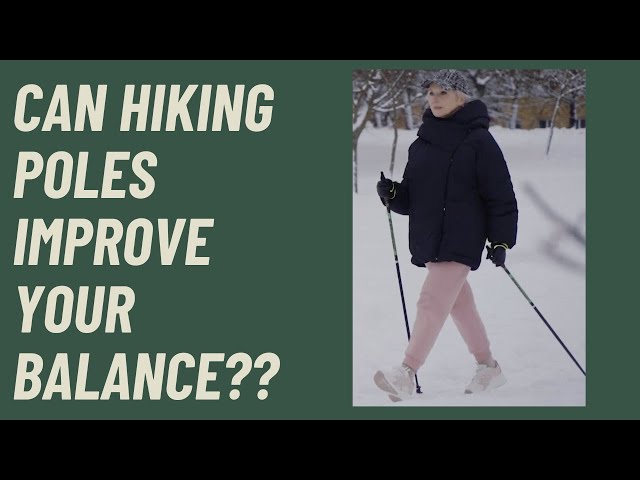
-
Lower risk of falls, which is huge if you’re worried about that
-
Helps with coordination, so your steps feel more natural
-
Gives you a full-body workout without feeling like a gym session
Picking the Right Poles — What to Look For
Not all poles are created equal, and picking the wrong ones can be frustrating. Here’s what I’d suggest you keep in mind:
-
Length matters a lot. A good rule of thumb is about two-thirds your height. When you hold the pole, your elbow should bend around degrees. It’s okay to adjust a bit shorter for uphill and longer for downhill walks.
-
Weight is important too. You don’t want something heavy that tires your arms out quickly. Carbon fiber or aluminum poles are light and strong.
-
The grip should feel comfy. Cork or foam grips are soft and absorb sweat better. Wrist straps help keep the poles attached without you having to grip tightly.
-
Adjustable poles are great if you want to use them for different terrains or share with others. Fixed-length poles are simpler and sometimes sturdier.
-
Don’t forget the tips! Rubber tips are best for pavement, while metal tips work better on trails. Baskets near the tips stop your poles from sinking into mud or snow.
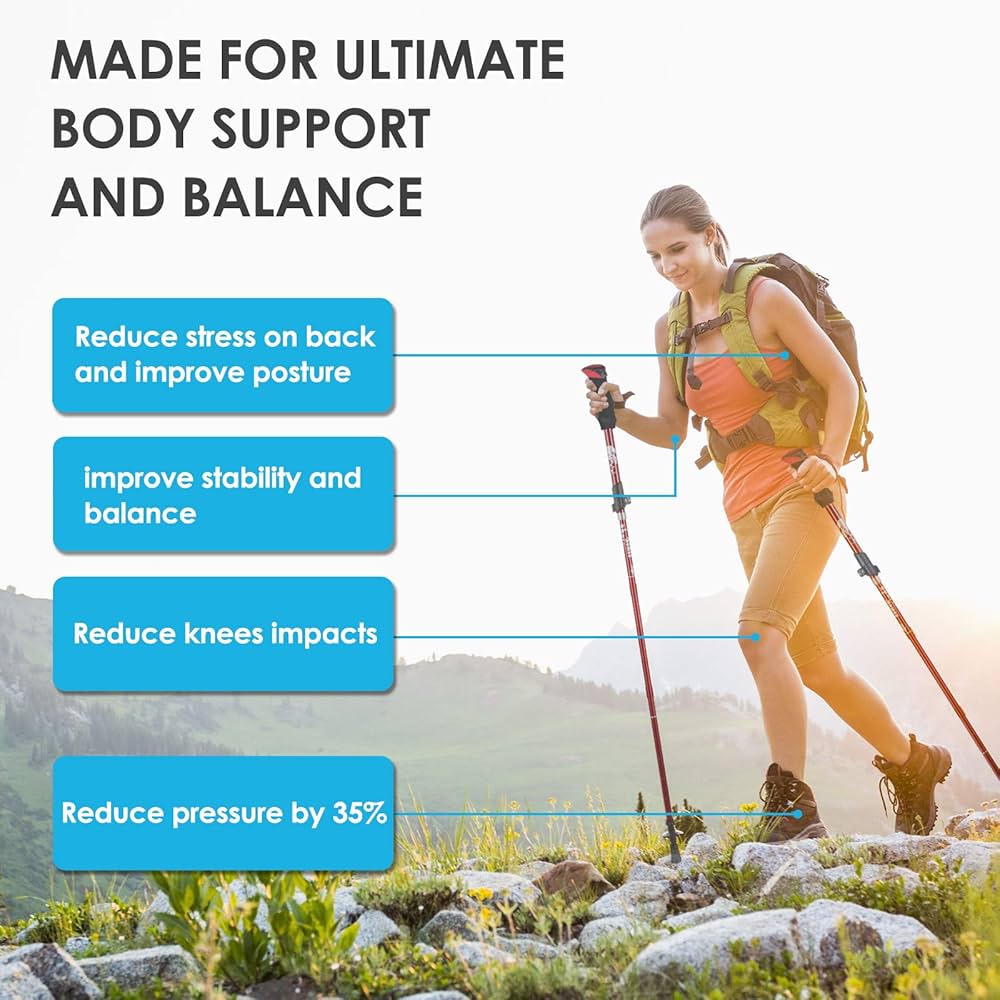
How to Use Your Balance Walking Poles Without Feeling Awkward
If you’re new to poles, it can feel a bit strange at first. But with a little practice, it becomes second nature. Here’s how to get started:
-
Hold the poles loosely. Don’t grip like you’re holding a lifeline! Use the wrist straps to keep them attached so your hands can relax.
-
Adjust the poles so your elbows bend about degrees. This helps keep your arms comfortable.
-
When you walk, move the opposite pole and foot together — right foot with left pole, left foot with right pole. It sounds weird, but it helps keep your balance and rhythm.
-
Use your shoulders to push the poles back, not just your arms. This way, you engage your upper body more.
-
Going downhill? Shorten your poles a bit and plant them in front of you to reduce knee impact and keep steady.
-
On soft ground or snow, make sure you have baskets on your poles so they don’t sink in too deep.
Who Should Really Consider Balance Walking Poles?
Honestly, these poles are great for a wide range of people:
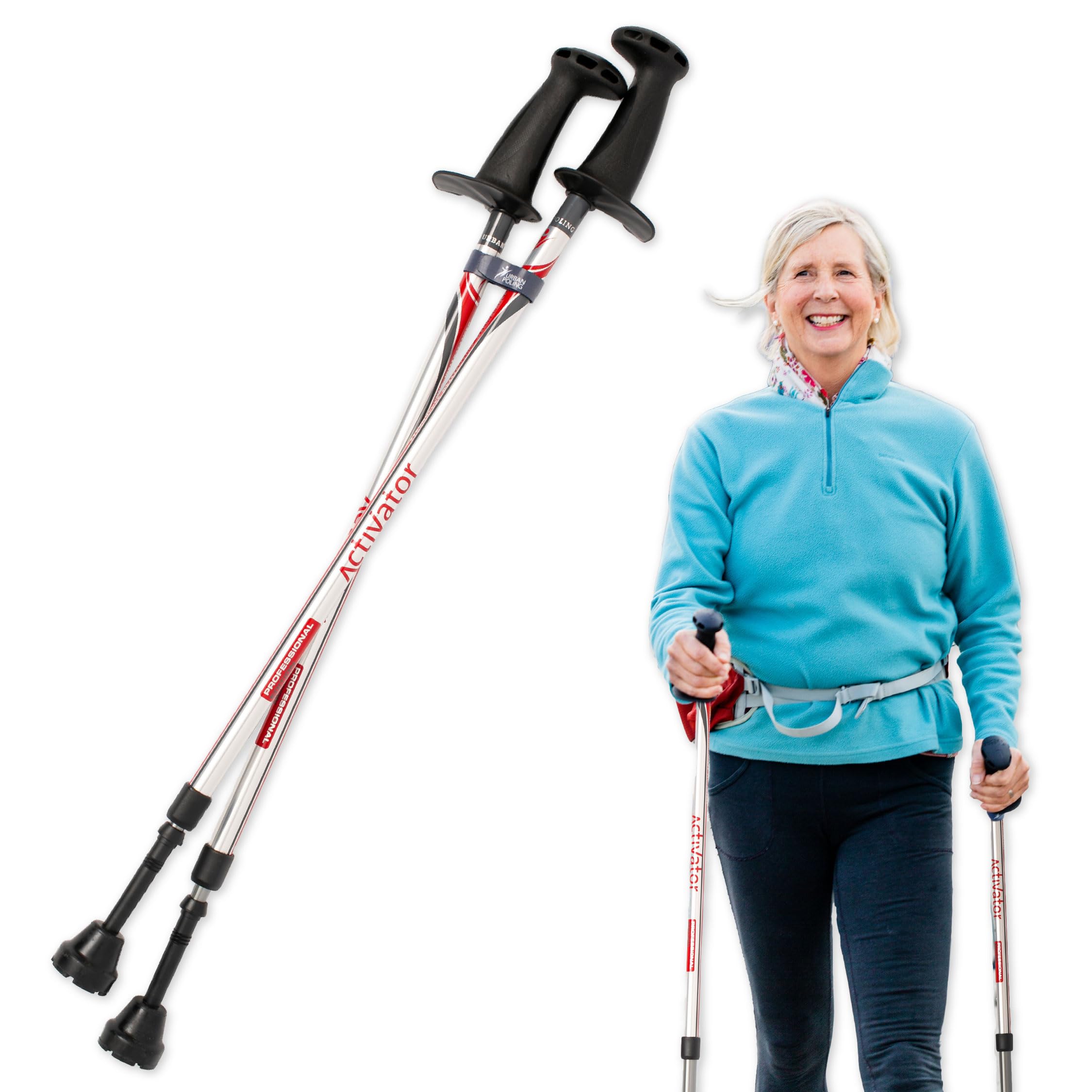
-
Seniors who want to stay active and avoid falls
-
Anyone with balance issues from conditions like Parkinson’s or vertigo
-
People dealing with arthritis or joint pain
-
Hikers and outdoor lovers who want extra support on rough trails
-
Folks recovering from surgery or injury who need a bit of extra help walking
Common Questions People Ask About Balance Walking Poles
Q: Can these poles really stop me from falling?
A: They can’t guarantee you won’t ever fall, but they definitely make it less likely by giving you more points of contact and better posture.
Q: How are poles different from a cane or walker?
A: Poles encourage a natural walking rhythm and engage both arms, unlike a cane which supports just one side. Walkers offer more support but can slow you down and don’t give the same workout.
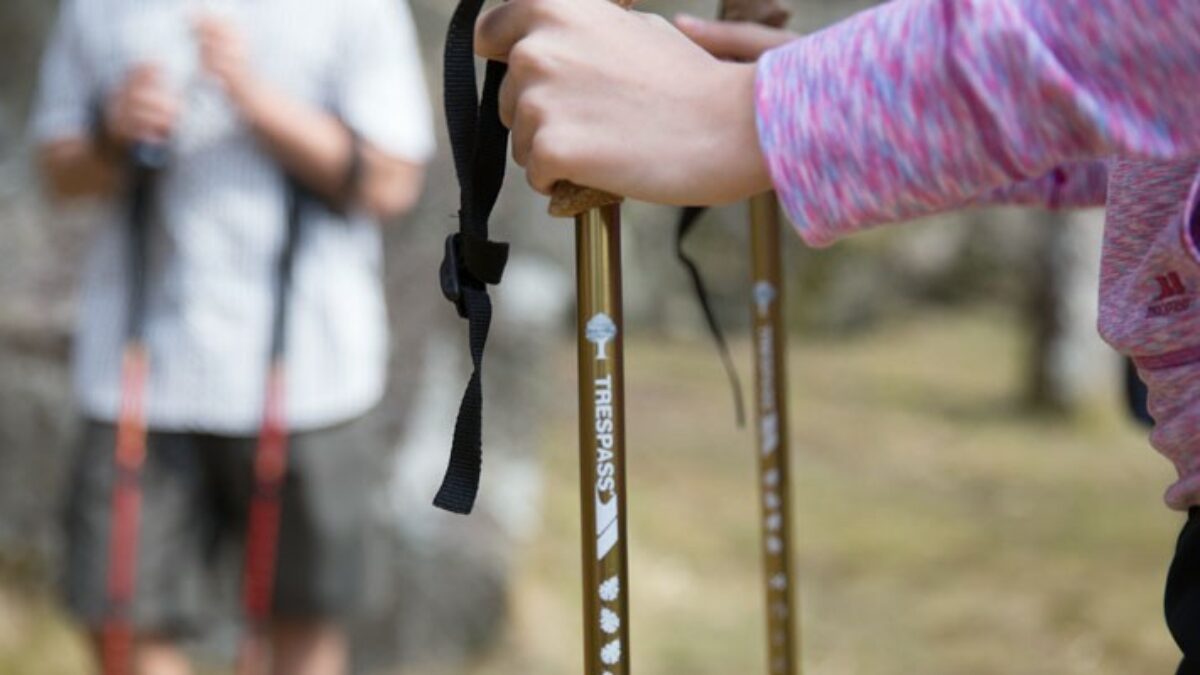
Q: Will using poles help me lose weight?
A: Yes! Because you’re using your arms and shoulders, you burn more calories than regular walking.
Q: Are they hard to learn?
A: It might feel a bit awkward at first, but most people get the hang of it pretty quickly with some practice.
Q: Should I use one pole or two?
A: Two poles give you the best balance and posture support, but one is better than none if you’re just starting out.
Wrapping It Up — Why Balance Walking Poles Are Worth It
If you’ve been hesitant about balance walking poles, consider this: they’re not just for people who struggle with walking. They’re for anyone who wants to feel steadier, reduce joint pain, and get a bit more out of their walk. They can help you stay independent longer, enjoy the outdoors more, and even get a better workout without hitting the gym.
Just remember to pick the right poles, learn how to use them properly, and you’ll be surprised how much more confident and comfortable your walks become. Every step counts, and with balance walking poles, those steps can be safer and stronger.
If you want to take it further, chat with a physical therapist or trainer who can help you find the perfect fit and technique for your needs. And don’t forget to check your poles regularly — worn-out tips or loose parts can spoil the fun and safety.

So, why not give balance walking poles a try? They might just be the support you didn’t know you needed.


